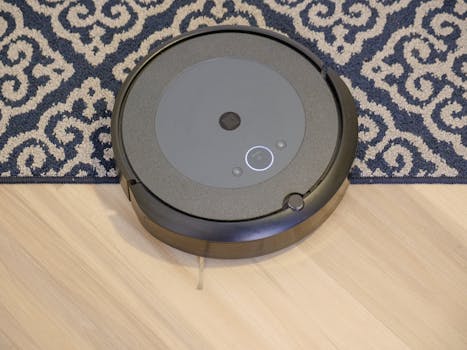
Smart Homes and Smart Living: The Technological Transformation of European Homes by 2025
Smart Homes and Smart Living are revolutionizing the way we live, work, and interact with our living spaces. As we approach 2025, European homes are undergoing a significant technological transformation, driven by advancements in artificial intelligence, Internet of Things (IoT), and data analytics. In this article, we will explore the current state of smart homes in Europe, the key technologies driving this transformation, and the benefits and challenges associated with smart living.
Current State of Smart Homes in Europe
Europe has been at the forefront of adopting smart home technologies, with countries like the UK, Germany, and France leading the way. According to a recent report, the European smart home market is expected to grow from $12.4 billion in 2020 to $35.6 billion by 2025, at a Compound Annual Growth Rate (CAGR) of 24.1%. This growth is driven by increasing demand for energy efficiency, convenience, and security.
Key Technologies Driving Smart Homes
Several key technologies are driving the transformation of European homes into smart homes. These include:
- Artificial Intelligence (AI): AI-powered systems can learn and adapt to a homeowner’s behavior, preferences, and habits, providing personalized experiences and optimizing energy consumption.
- Internet of Things (IoT): IoT devices, such as sensors, thermostats, and security cameras, can be connected to the internet and controlled remotely, enabling seamless communication and automation.
- Data Analytics: Data analytics platforms can process and analyze data from various sources, providing insights into energy usage, occupancy patterns, and other factors that can inform smart home decisions.
Benefits of Smart Homes
Smart homes offer numerous benefits, including:
- Energy Efficiency: Smart homes can optimize energy consumption, reducing waste and lowering utility bills.
- Convenience: Smart homes can automate routine tasks, such as lighting, temperature, and security, making life easier and more convenient.
- Security: Smart homes can provide enhanced security features, such as motion detection, video surveillance, and alarm systems, giving homeowners peace of mind.
Challenges and Future Directions
While smart homes offer many benefits, there are also challenges to be addressed, such as:
- Interoperability: Smart home devices from different manufacturers may not be compatible, hindering seamless integration and control.
- Cybersecurity: Smart homes are vulnerable to cyber threats, which can compromise homeowner data and security.
- Cost: Smart home technologies can be expensive, making them inaccessible to some homeowners.
As we move forward, it is essential to address these challenges and ensure that smart homes are designed with interoperability, security, and affordability in mind. By 2025, we can expect to see further advancements in AI, IoT, and data analytics, driving the development of even more sophisticated smart home technologies.






